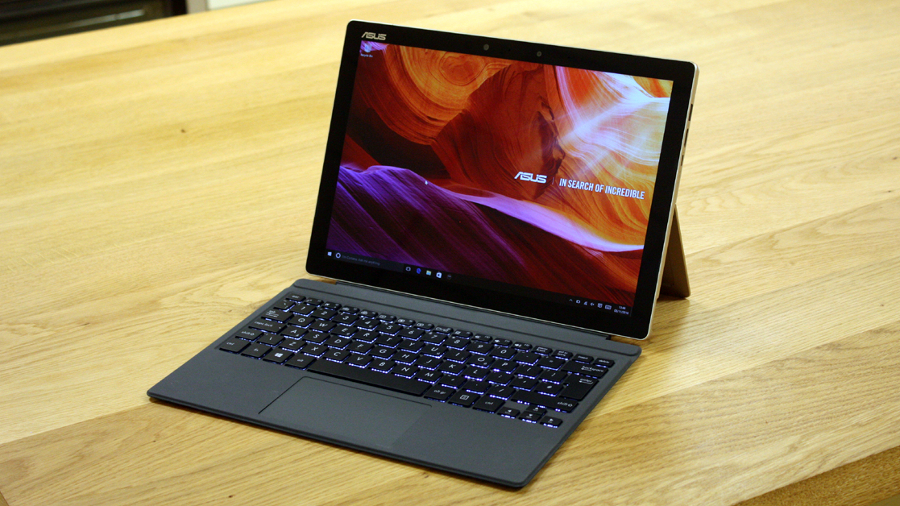Why you can trust TechRadar
Despite the T303UA’s ultra-slim form factor, its performance is anything but lightweight. The Core i5 processor and fast SSD make it a speedy all-rounder for everything from web browsing to photo editing.
When things start getting a bit hotter under load, however, the fan spins up rather loudly to remind you that this isn’t a low-powered tablet like so many of Asus’ earlier attempts at a hybrid tablet, such as the Asus Transformer Book TP200SA.
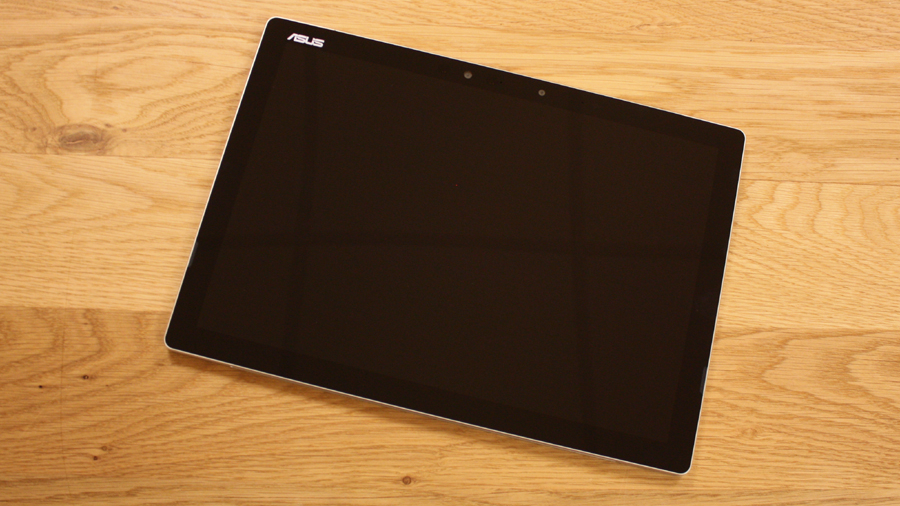
Here’s how the Asus Transformer 3 Pro performed in our standardised suite of benchmark tests:
3DMark: Cloud Gate: 5,871; Sky Diver: 3,660; Fire Strike: 852
Cinebench CPU: 301 points; Graphics: 35 fps
Geekbench 3 Single Core: 3,170; Multi-Core: 6,629
PCMark 8 Home: 2,389
PCMark 8 Battery Life: 3 hours, 5 minutes
Performance
Despite the slightly lower clock speed of the i5-6200U compared to the 6300U you’ll find in the Surface Pro 4, there was very little to difference to note, with only a few dropped points across the board. Whilst the scores in 3DMark were not terrible, this is no gaming powerhouse, so don’t expect go-anywhere gaming performance.
If you’re looking for a machine with a little more power, there’s always the pricier T303UA-GN047T, which packs an i7-6500 and double the RAM.
Alternatively, the HP Spectre X360 is a hybrid laptop that offers more power across the board, whilst the iPad Pro 12.9 has guaranteed all day performance, despite the limitations of iOS.
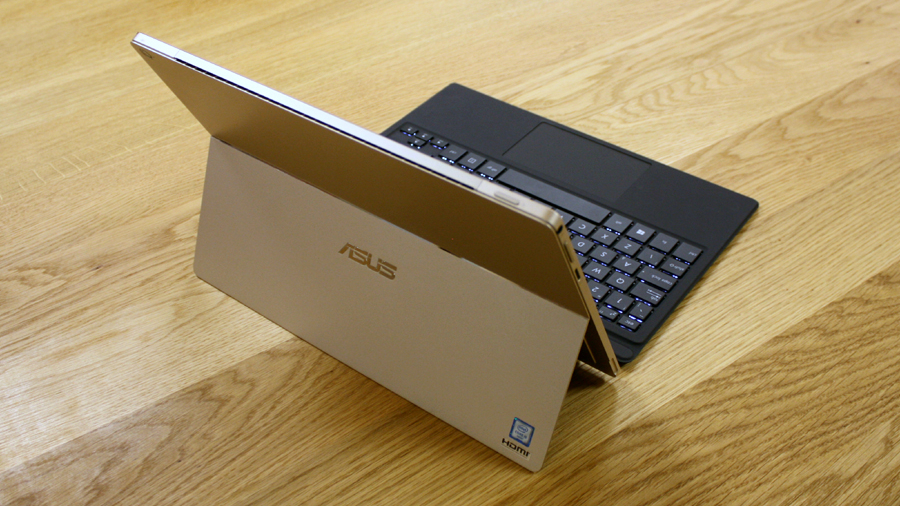
Battery life
While Asus have done their best to include some of the very best elements we would desire in a 2-in-1 tablet, it seems that they forgot about fitting a reasonable battery into the svelte frame. The included 39Whr battery performs considerably worse than the Samsung Galaxy TabPro S and early signs suggest that the cheaper Acer Switch Alpha 12 last longer, too. In fact, the Transformer Pro 3 has the weakest battery of any of the rival 2-in-1 models, and lasts almost half as long as the HP Spectre x360.
To benchmark the battery life of the T303UA, we used PC Mark 8’s battery life test, which ran for 3 hrs 5 mins before pleading for the charger. Meanwhile, TechRadar’s own HD video test saw it last for 4 hrs 45 mins with the screen brightness at 50%.
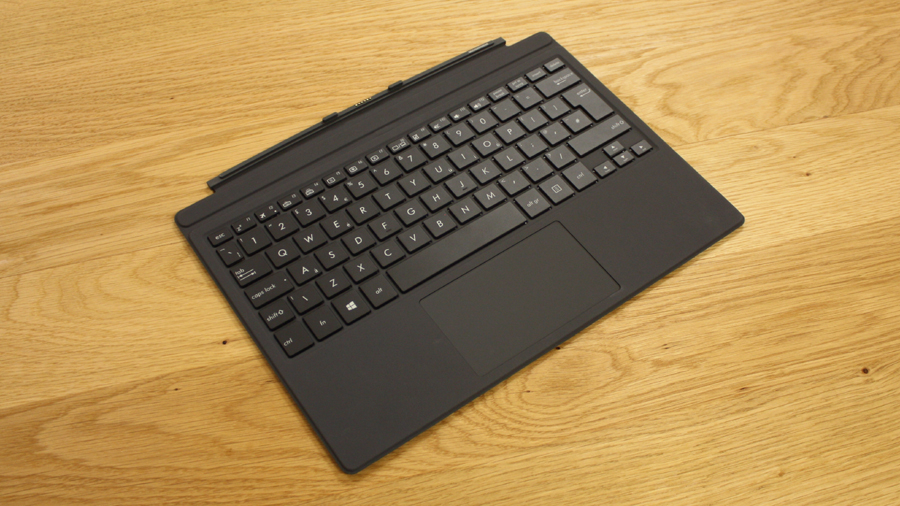
You can eke out a little more battery life if you use headphones rather than the onboard speakers, and even more if you disconnect the folio keyboard, but Asus’ claim of “all day battery life” is far removed from the experience we had.
One positive is that the fast charge technology included means you can at least resurrect the T303UA before long. The USB Type-C charger charges the battery to 60 per cent in just an hour when in standby mode, while a full charge from a dead battery takes two to three hours.
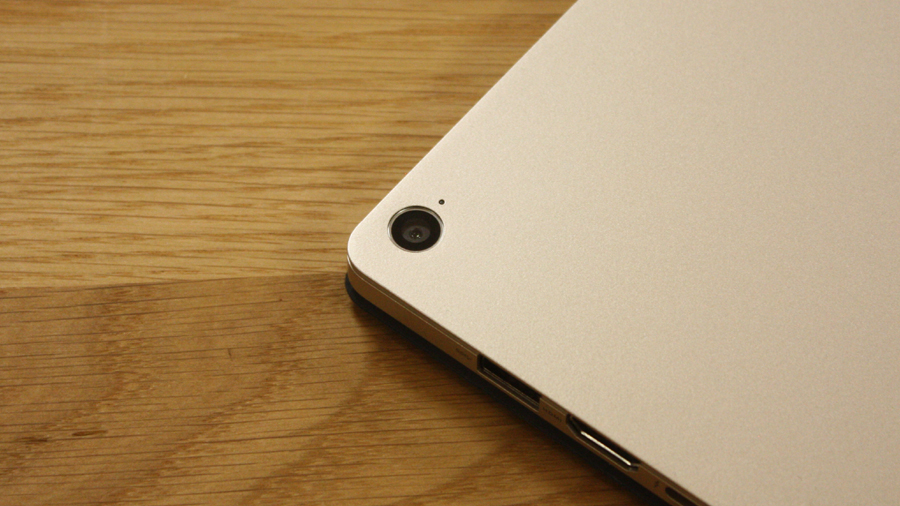
Camera and audio
We aren’t about to recommend that anyone be stupid enough to use the Asus Transformer 3 Pro as their primary camera, but the capabilities are there, just in case. The rear 13-megapixel camera is usable and better than many competing tablets, but the lack of flash means it’s only really good for photos taken in good lighting. The resulting images are good enough to share on social media, but nothing more.
It’s likely that most tablet users would make much more use of the front-facing camera for Skype or other video calling, and in this regard the 2-megapixel camera is up to the job. The camera is also compatible with Windows Hello, allowing for easy login on Windows 10.
The inbuilt microphone is reasonable, and managed to cancel out background noise in louder environments, while the speakers are boosted by an amplifier to make them loud enough for Netflix or Youtube. The audio is tuned by Harman Kardon technology, which claims to make the audio distortion-free, even at higher volumes.
In practice, the speakers are nothing special, and I certainly wouldn’t choose to listen to music through them, but considering the thickness of the chassis, there wasn’t many better options.
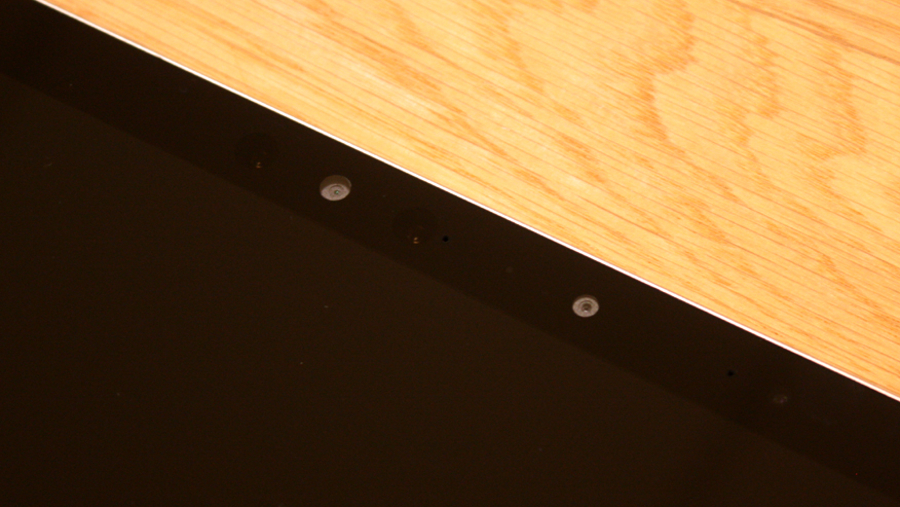
Verdict
With its original Android-powered Transformer tablet, Asus was one of the first to market with a 2-in-1 tablet hybrid, and while the Transfrormer 3 Pro is a world away from the original model, some frustrating limitations hold us back from giving their latest and greatest tablet hybrid our highest rating.
The T303UA has plenty of power, a decent folio keyboard and a really gorgeous screen. As for the looks, Asus has borrowed heavily from the Surface Pro 4 design, but it’s safe to say that’s certainly no bad thing – even if the pricing is a little steep.
We liked
While it suffers a little outdoors, the Asus' pin-sharp screen is even higher resolution than the Microsoft Surface Pro 4, and has a 100% sRGB colour gamut that makes colours pop.
Thanks to the nippy i5 processor, there is plenty of power on board and we never encountered any major slow-down, even with multiple applications including Photoshop on the go.
Unlike some rivals, there is a great selection of ports on board, and we applaud Asus for including a folio keyboard as standard. The backlit keys are solid and responsive, even if the trackpad is a little erratic.
We disliked
Despite many other boxes ticked, the biggest let-down was the lacklustre battery life. The 39Whr battery is simply not big enough to power the T303UA for long enough periods of time to make it truly portable.
While the included stylus might be more useable for creatives, there isn’t anywhere to safely store it when not in use. We would have liked to see a magnetic system, similar to the Surface Pro 4, which allows users to easily keep the stylus on hand.
Then there’s the price. It’s not the most expensive tablet hybrid around, but it is pricier than the base model of i5-powered Surface Pro 4, whose market the T303UA is squarely aimed at.
Final verdict
The Asus Transformer 3 Pro has all the power you could want from a high-end 2-in-1 tablet at this price point, but in some respects it is the victim of its own powerful innards, providing poor battery performance that seriously hampers its portable purpose.
Connectivity is great and the screen is an absolute joy to use, whilst the inclusion of a good-quality folio keyboard and stylus are both very welcome.
Unfortunately it’s just a little too expensive to provide genuine competition to the Surface Pro 4, which is positively dominating this corner of the increasingly crowded pro-spec 2-in-1 market.
